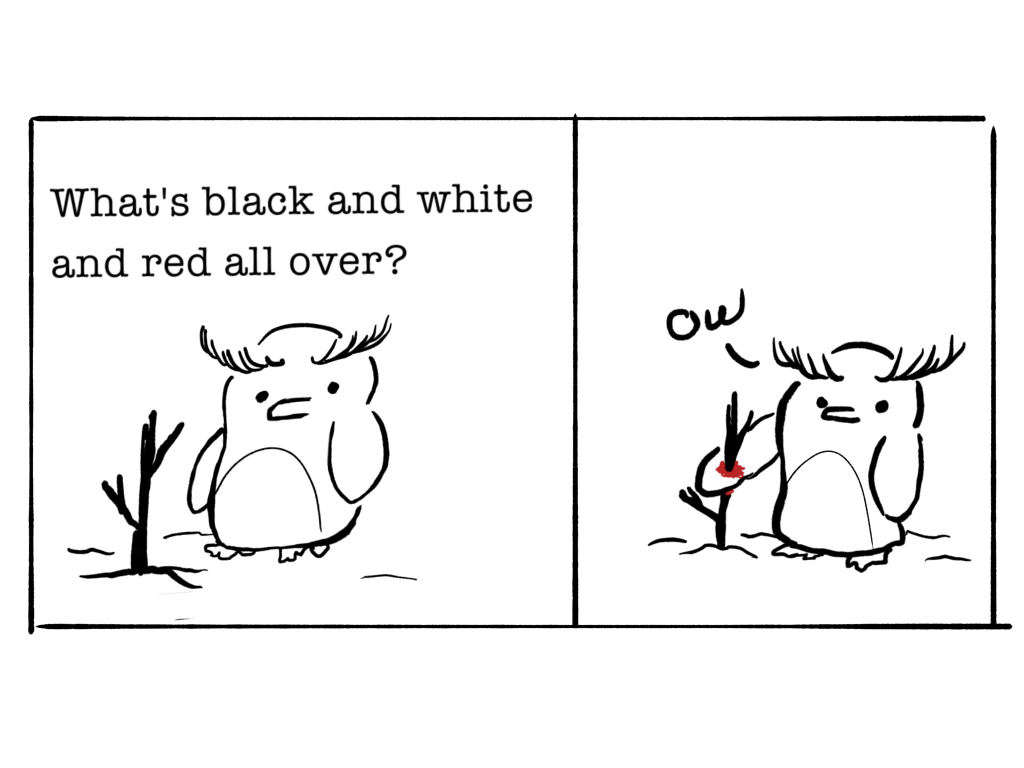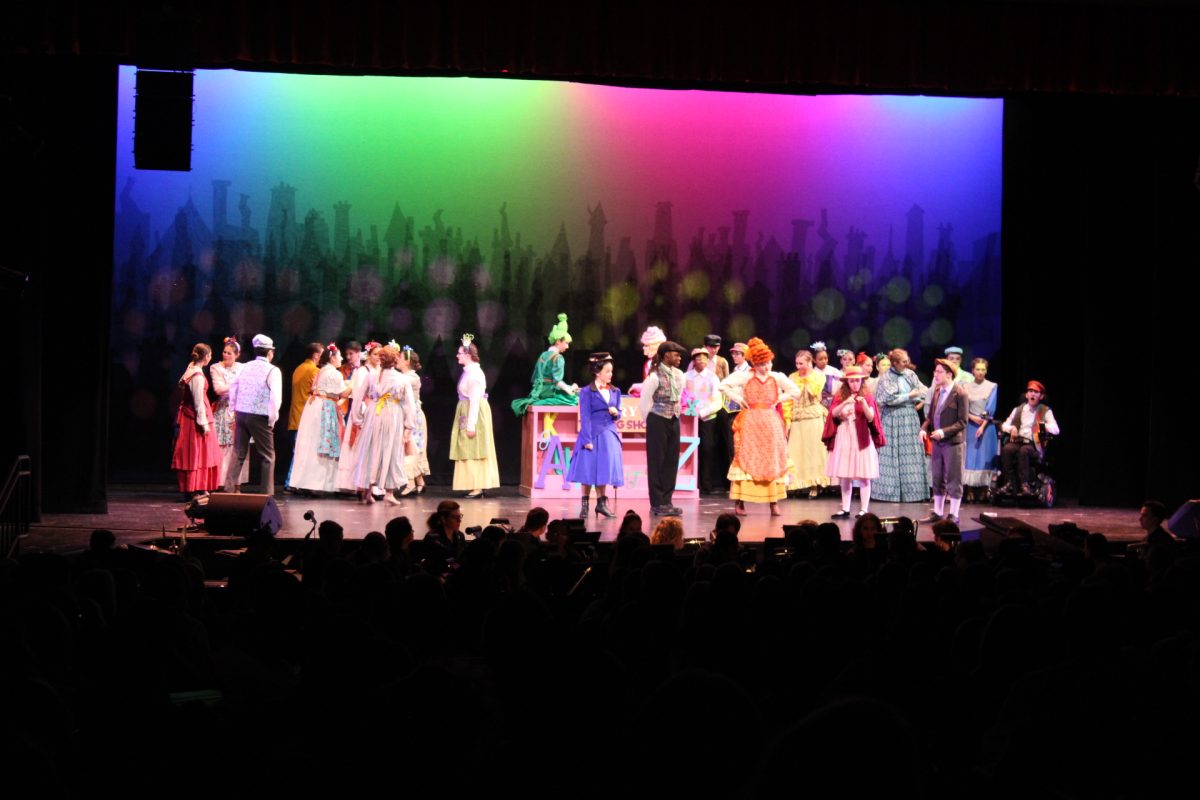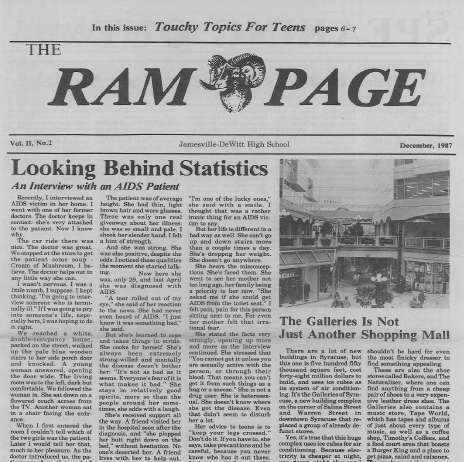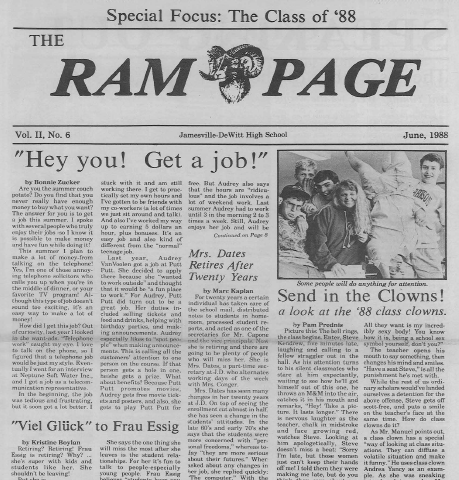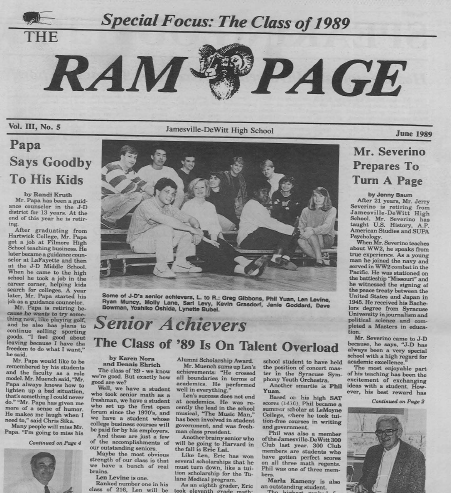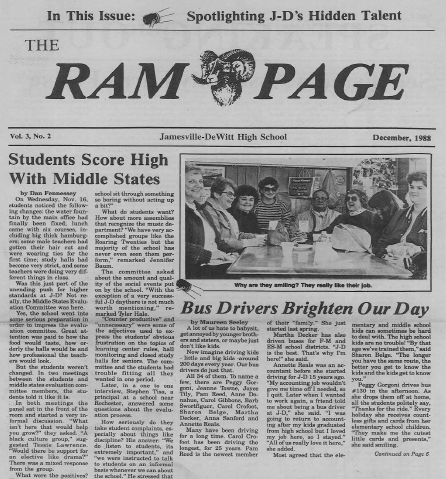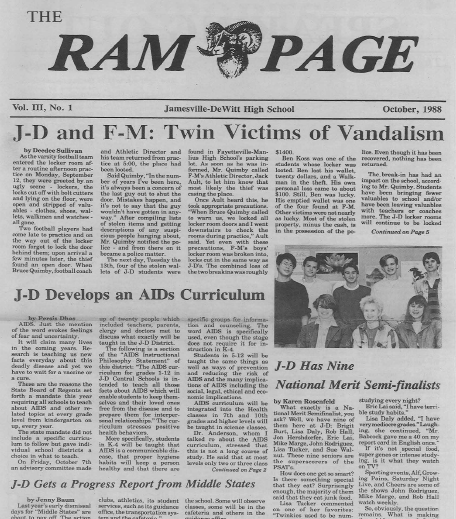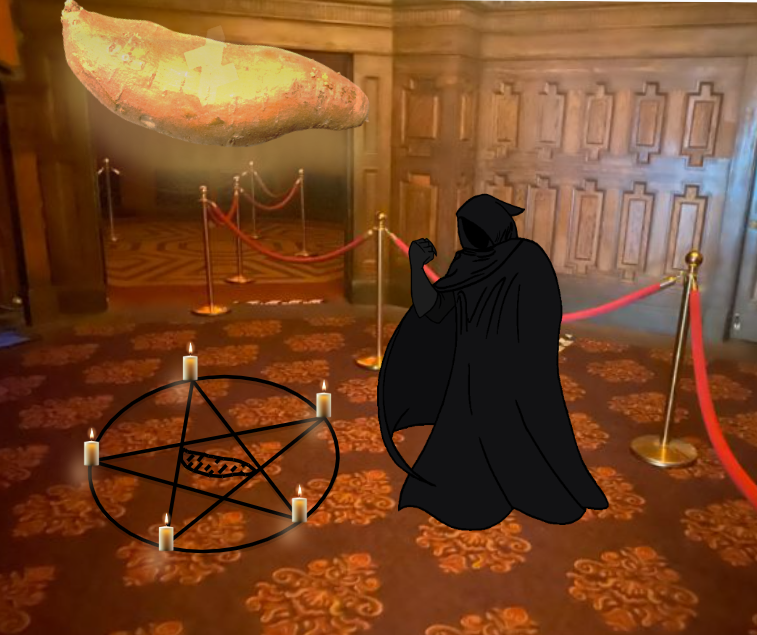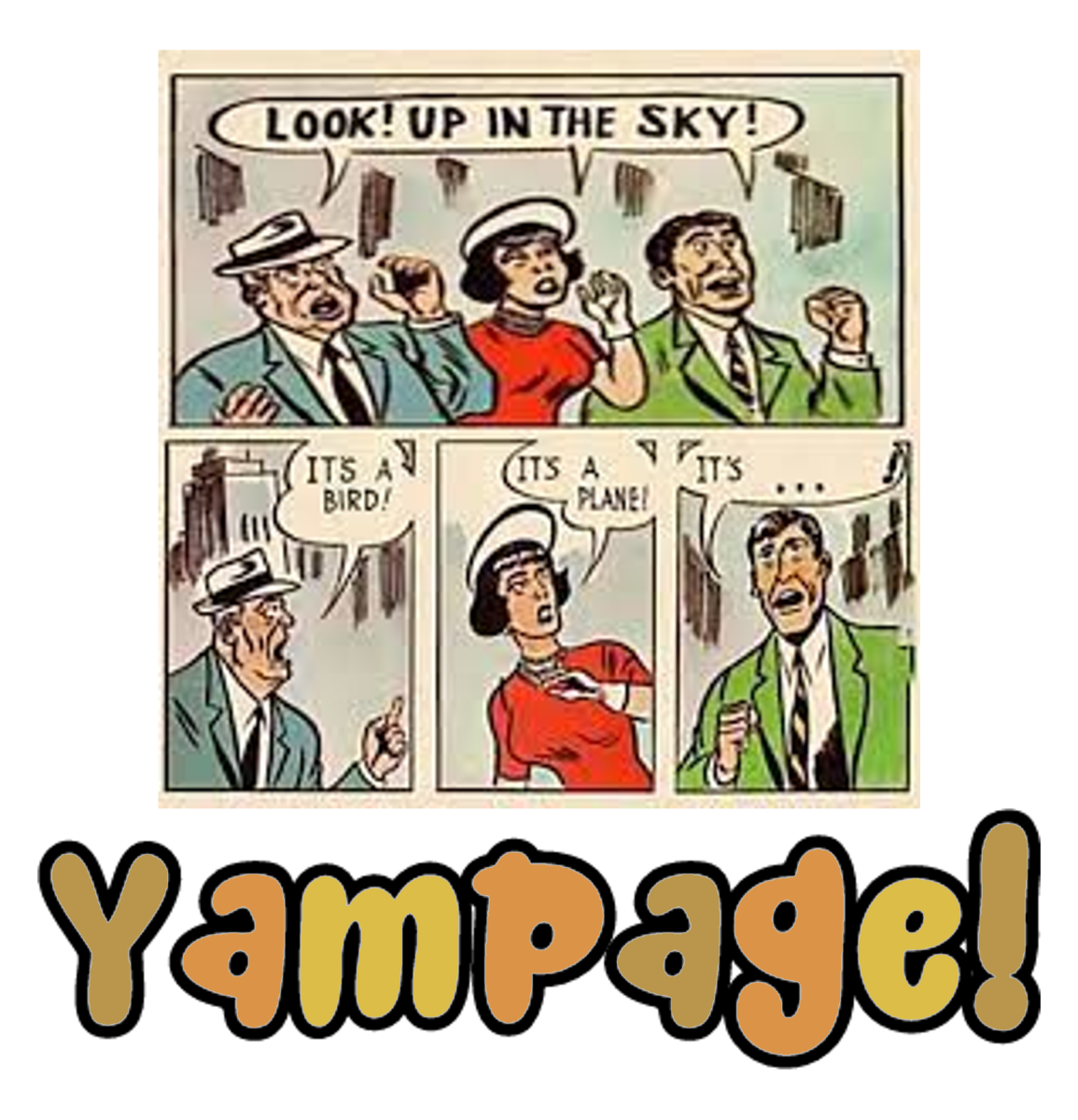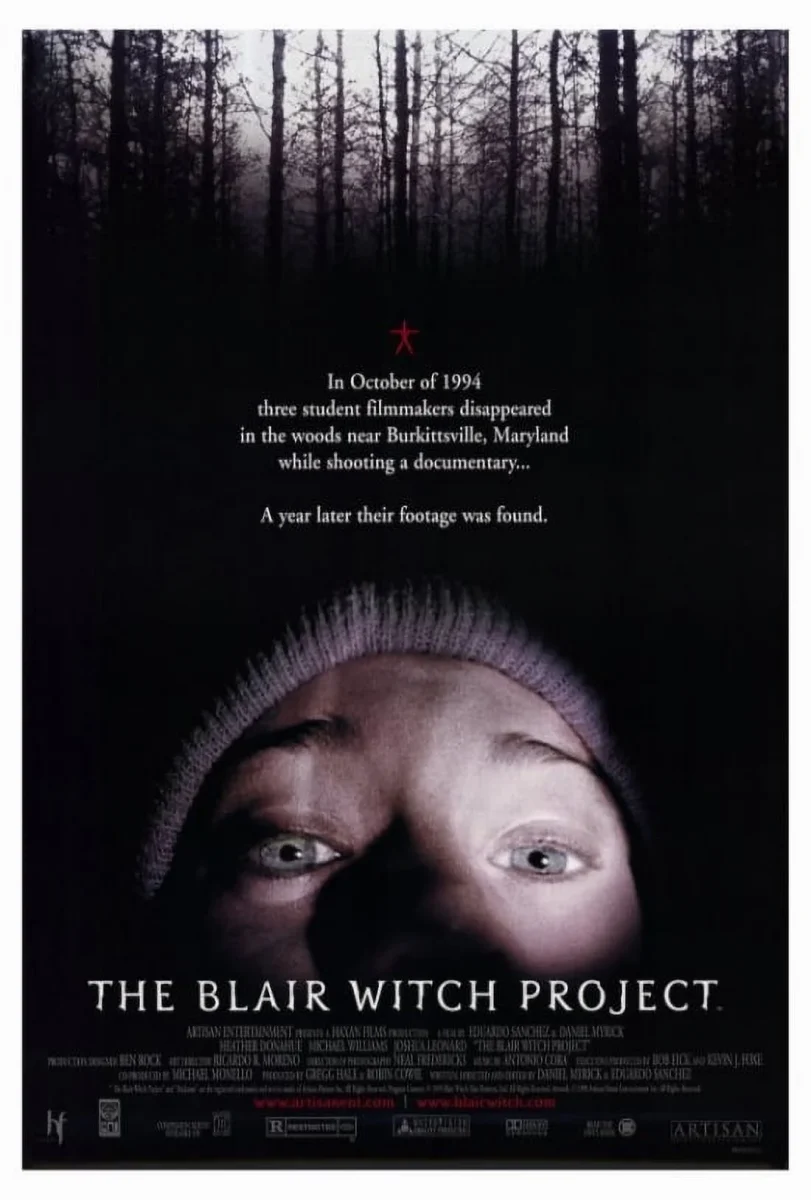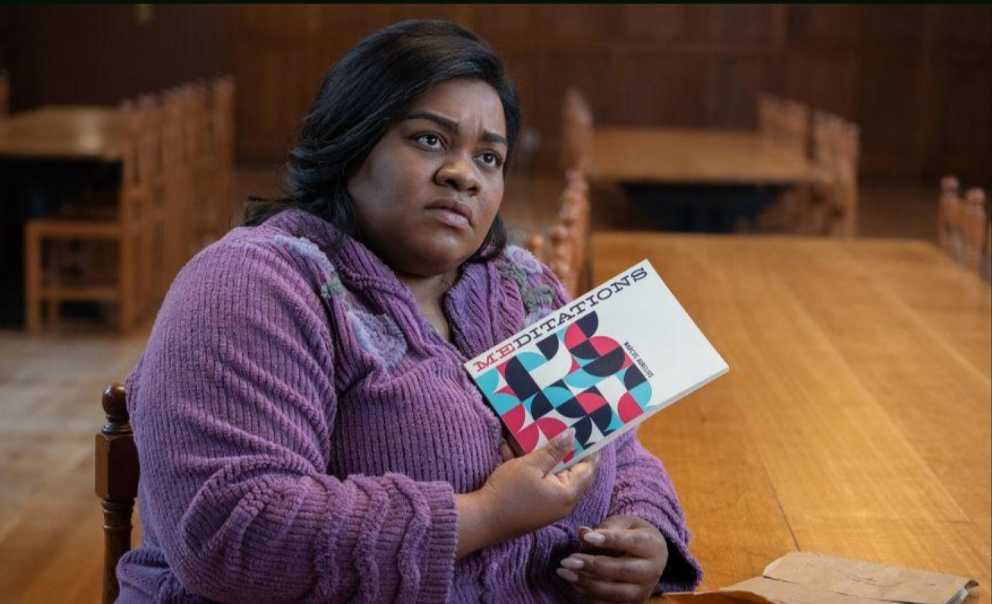When you saw the title of this article, you probably thought, “This guy’s got to be crazy.” To be honest, I certainly could be. There are so many iconic Christmas movies that have entered the zeitgeist of our world to a startlingly incredible extent, from “Home Alone” to “Elf” to “Die Hard” to “It’s A Wonderful Life.” I could keep listing films for hours. However, Alexander Payne’s new dramedy (drama & comedy) “The Holdovers” manages a perfect balance between being a great Christmas movie and a great movie outside of its holiday context. This is so exceedingly rare in the other Yuletide classics, and thanks to the exceptional script, strong performances, and charming aesthetics, it might just be the best Christmas movie ever.
The film is set in 1970 at Barton Academy, a boarding school for boys in the heart of New England. Unpopular history teacher Mr. Hunham is selected to supervise this year’s Holdovers, the students who are unable to leave during the holiday vacation. Throughout the two-week break, Hunham bonds with his troubled student Angus, who struggles with his schizophrenic father and remarried mother, as well as head chef Mary, whose son Curtis was recently killed in the Vietnam War. They all bond over having nobody to spend the holiday’s with.
There isn’t too much of a central conflict; instead, we get a window into the characters’ lives as they grow closer and closer. Although it may sound dull, the film is consistently entertaining and feels like a warm hug, swaddling the audience in comfort and calm. We grow to love the characters and truly care about them, which works nicely considering the fact that the majority of the movie is just watching likable characters have a good time without any threat of danger or threat. It’s simply cool people having a cool time in cool weather, and there are few things more satisfyingly soothing than that.
The characters, along with everything else in the film, aren’t exactly the most subtle, but it still never feels bothersome. For example, Paul Giamatti’s Mr. Hunham is a way-over-the-top curmudgeon who babbles and blabbers about ancient history and the importance of following the rules at any chance possible. In the hands of a lesser screenwriter, he would be obscenely obnoxious, but Payne humanizes him and makes him likable and three-dimensional despite his frequently caricature-esque behavior. Similarly, Angus could easily be portrayed as your typical angsty teen, but is instead given many layers of personality and vulnerability that makes him feel real and sympathetic. The same goes for Mary, who is rarely reduced to “my son died” as her only trait. Unlike so many other films, the main trio, regardless of their dominant characteristics, act in a variety of different ways. Payne understands that no person is just one emotion, and orchestrates this idea to a Herculean level of precision.
The characters are all brilliantly written, but the performers do excellently to bring them to life. Da’Vine Joy Randolph is spectacular as Mary, lending her a warm nature while never forgetting the pain and trauma she carries with her just beneath the surface. As Angus, Dominic Sessa gives one of the best teenager performances you’ll ever see, perfectly embodying the frustration and burgeoning maturity of his young character. His acting is particularly impressive considering that “The Holdovers” is his film debut. Ian Dolley, an 11 year old actor making just his second performance, steals all of his scenes as the Alex Ollerman, one of the youngest Holdovers and a pure-hearted teacher’s pet who you can’t help but love.
The real star of the show, however, is Paul Giamatti. As Hunham, he absolutely nails every single line, and makes stellar use of his expressive face for punchlines and emotional moments alike. The role of an uptight, melancholy history teacher seems perfectly built for him, and he makes great use of all of his screen time. Giamatti seems to have an innate understanding of what makes his character tick, and excels at demonstrating the character’s warming up to Angus and Mary over the course of the movie. If he doesn’t land an Oscar nomination for this stunning performance, I promise I will write another article complaining about it for several pages (mark my words).
The acting is spectacular, and behind the camera, the movie passes with flying colors. The cinematography by Eigil Bryld meshes beautifully with the film’s tone, complete with slow, measured pans and a charming sense of Wes Anderson-lite idiosyncrasy. The film is also shot with a nice layer of film grain, furthering the throwback nature of the movie and transporting us back into the 70s. Editor Kevin Tent, a frequent Alexander Payne collaborator, has a great sense of comedic timing, as so many delightful jokes come from perfectly timed cuts and reaction shots. He lets each shot breathe for just the right amount of time, and employs ample fade transitions and match cuts that work in conjunction with the film’s tonal and stylistic aims.
On the subject of the humor of the film, this movie is, to put it simply, really funny. As mentioned before, dozens of great jokes come from a simple cut to Paul Giamatti making a face or Mary’s reaction to the Hunham’s ridiculousness. Many of Giamatti’s line deliveries are absolute perfection as he embraces the silliness of his character; in a bar on Christmas, he stops a man dressed as Santa to let him know the costume isn’t historically accurate. When it’s time to give Christmas gifts to his fellow Holdovers, they both receive the same book of Roman philosophy, which we later find out he owns dozens of copies of. Giamatti nails his jokes, from his first moment on screen (he reads his students’ essays, smokes a pipe, and exclaims, “Philistines!”) to his last, an affecting and moving concluding shot that illustrates Payne’s central themes sharply.
Although it may not have the same sense of adventure or holiday magic as other Christmas movies, “The Holdovers” is a remarkable achievement that is filled to the brim with charismatic characters, tender moments, and sharp humor. The film, buoyed by the performances of its leads and Payne’s strong script, is a cozy Christmas classic for the ages. I wouldn’t be surprised if a few years from now, families will be getting under blankets with warm cups of cocoa and rewatching the exceptional film for the umpteenth time.







